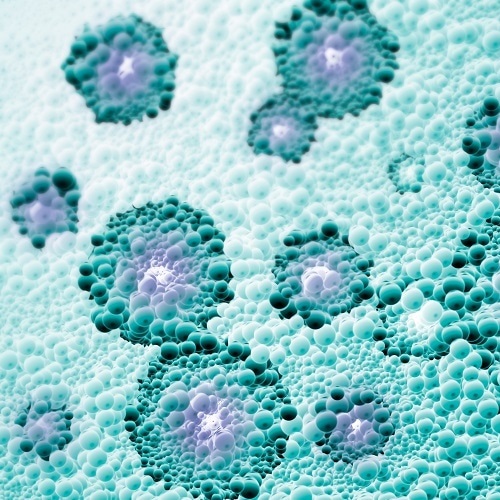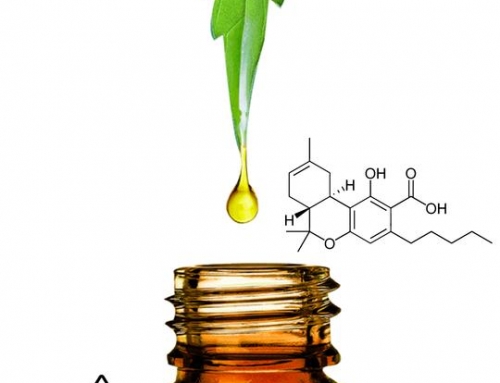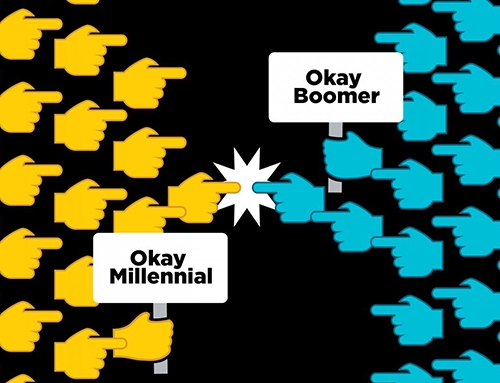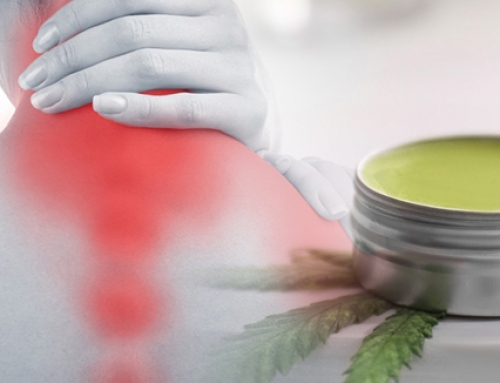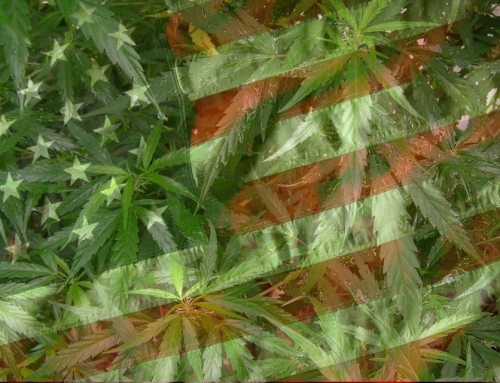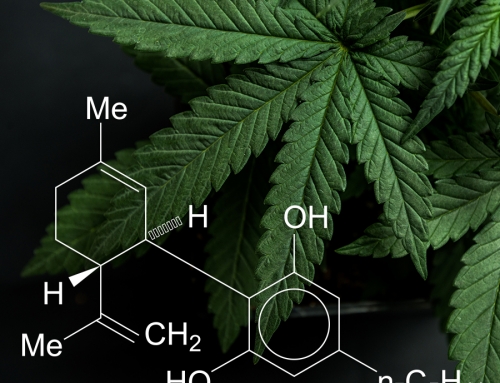When any subject area is dominated by so much incorrect, misleading information there can be two ways at looking at why the poor information exists. The first is that everyone creating and sharing the information are purposefully lying and spreading mistruths which are intended to deceive the rest of the world. The second is that the incorrect information is being spread by well-meaning people who have a genuine desire to educate and inform and that their problem is that they really just have no idea what they are talking about and are part of the wrong narrative, while genuinely trying to do the right thing. When it comes to the word nano in the hemp and CBD world, I believe that the second explanation is the true case. Unfortunately for you, as a consumer, the motivation behind the incorrect information isn’t as important as the result – mistaken perceptions and wrong conclusions.
What I can do to fix this, believing that writers and brand owners in cannabis are genuinely good people looking to do the right thing, is to educate everyone as to the actual truth – the science.
We have already established in previous articles that the scientific consensus on true nano is a particle size less that 100 nm and how there are very few brands that are talking about their nano products are products manufactured to this exacting standard. Given, there is no legal or FDA mandate on when to call a specific product nano, without true education, this misidentification of products will continue unabated.
The real reason why anyone would nano cannabis is to make it more bioavailable. There is no way to explain this without looking at the math. You’ve probably not been presented with the actual math ever, so for all number lovers out there, this should bend your mind a little.
Cannabinoids and terpenes in cannabis react with a variety of receptor types located on neuron cell membranes. Quantum biochemistry has demonstrated that the surface of a typical neuron cell body can accept approximately 1,225 natural CBD clusters (particle clusters) such as those found in a typical oil extract. That same neuron cell body can accept approximately 100 million nm sized CBD particle clusters. If a hemp product measures 10 nm for example that would mean that 10 million particle clusters could fit on the neuron as compared to 1,225 from simple oil. Another way of looking at this is that a 10 nm product would have 10,000,000/1,225 more bioactivity; that is, it would be 8,163 times more bioavailable to receptors on the membranes of the cell body than simple oil. Incredible, but true. Are you starting to see why knowing what product is true nano versus a pretender is important?
There are other mathematical calculations to consider when moving to true nano hemp extracts. With simple hemp oils, potency is measured in milligrams per dose or milligrams per container. By looking at nano doses as milligram equivalent, the potency of nano is startling. If 1 mg. of conventional oil becomes a few thousand times more bioactive through a sophisticated nano process, then it is fair so say that 1 mg. of nano CBD is the milligram equivalent to up to 8,000 mgs., depending on the actual nano size. Given most therapeutic CBD doses range above 20 mgs. daily, no one would ever need a dose that is several thousand times stronger that its conventional cousin. True nano products are so powerful that very small amounts of native oil are needed. In fact, on labels, true nano products have their potency expressed as nano equivalent units versus milligram potencies found on conventional non-nano products. The reason for this is obvious. A 1,000 milligram bottle would be several billion milligrams of true nano CBD. It doesn’t take a scientist to see if a product purports to be nano it won’t be 1,000 mgs., 100 mgs, 10 mgs. or even 1 milligram.
Consumers who want the advantage of nano’s health benefits need to understand the process and product labels. When a company can technically create a true nano product from a starting oil, it’s not only the CBD that will be nanosized. Every molecule within the oil will be nanosized including any THC, pesticides or toxins that were in the original oil in trace amounts. The problem becomes obvious. While levels of unwanted or unnecessary substances may be well below legal, allowable limits before nano processing; the magnified power of each component will be thousands of times more potent when they are nano sized. A full spectrum oil containing legally allowable trace levels of THC before nano will have intoxicating effects far beyond what would be expected from recreational or medical cannabis. By extension, small allowable levels of pesticides and toxins could become problematic. The only protection is if responsible manufacturers that are making true nano products in the 5-10 nm range use only Certified Organic Hemp grown from THC free seed genetics or hemp of comparable purity.
And the only way you know you are receiving a true nano product is to ask to see the only valid test for nanosizing – a genuine laser backscatter analysis. If you ask for a test result and receive a simple COA for the oil or a common assay for toxins, etc. you can immediately assume the brand does not really know what nano is and that their products most assuredly are not nano at all.
Nano offers incredible advantages for certain products that can be used for some people for some things, i.e. cancer; however, non-nano products are not bad or useless products. The cannabis world needs a wide range of products formulated with a variety of methods to best serve everyone. Our only point with this article is to help everyone understand true nano and be able to identify if their product is real nano or a pretender.

